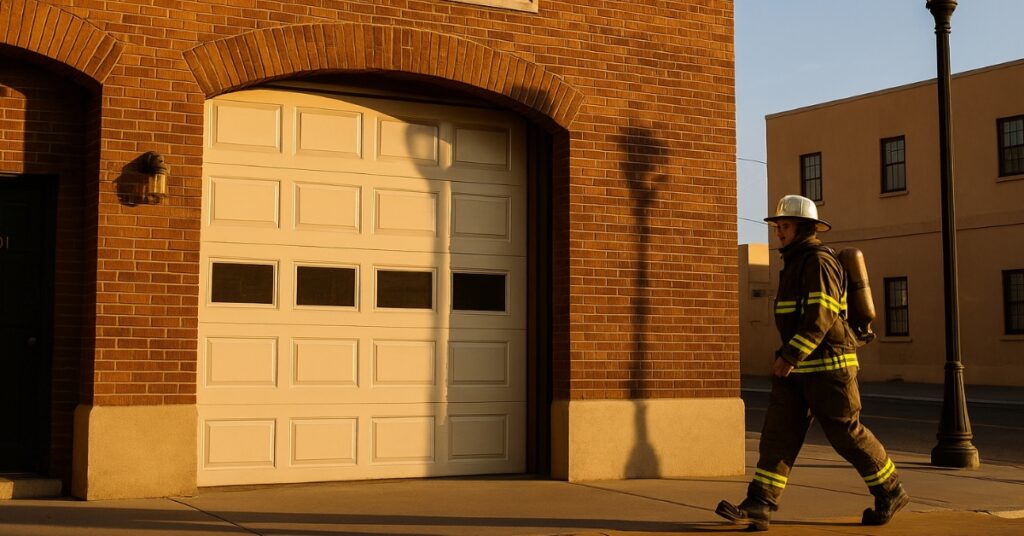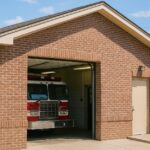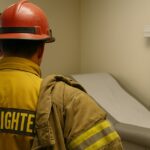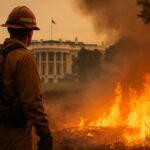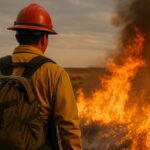How Did Public Safety Fare at the Ballot Box?
In November 2025, Albuquerque, NM voters sent a clear message about their commitment to public safety. Alongside mayoral and city council races, residents approved eleven general obligation bonds totaling $180 million to fund critical city projects ranging from infrastructure to housing.
Among these measures, one stood out for its direct impact on emergency services: a $12.63 million bond dedicated to developing and renovating community safety facilities, including those serving police, fire, and emergency operations. It received overwhelming support, with nearly 74% of voters casting ballots in favor.
This decisive victory reflects a growing national trend of communities using ballot measures to directly support their first responders.
As municipalities across the country grapple with aging infrastructure and evolving emergency response needs, Albuquerque’s example demonstrates how local ballots can serve as powerful tools for shaping the future of fire and EMS services.
What Does the Bond Cover?
The $12.63 million bond will fund planning, design, development, construction, modernization, renovation, and rehabilitation of facilities for police, fire, and community safety departments.
Specifically, these funds will support critical improvements to Albuquerque Fire Rescue facilities and the city’s Emergency Operations Center. The money will go beyond brick and mortar, and cover the acquisition of land, vehicles, and equipment that the department critically needs.
In addition, some of the funds will go towards improving the Department of Municipal Development. This will ensure the infrastructure supporting emergency services receives the attention it needs.
The goal? To improve multi-department emergency preparedness, where firefighters and ambulances alike can respond more quickly, resiliently face disaster scenarios, and coordinate immediate action for public safety incidents.
For firefighters and EMS personnel working on the front lines, these upgrades translate directly to improved working conditions and enhanced capability to serve the community.
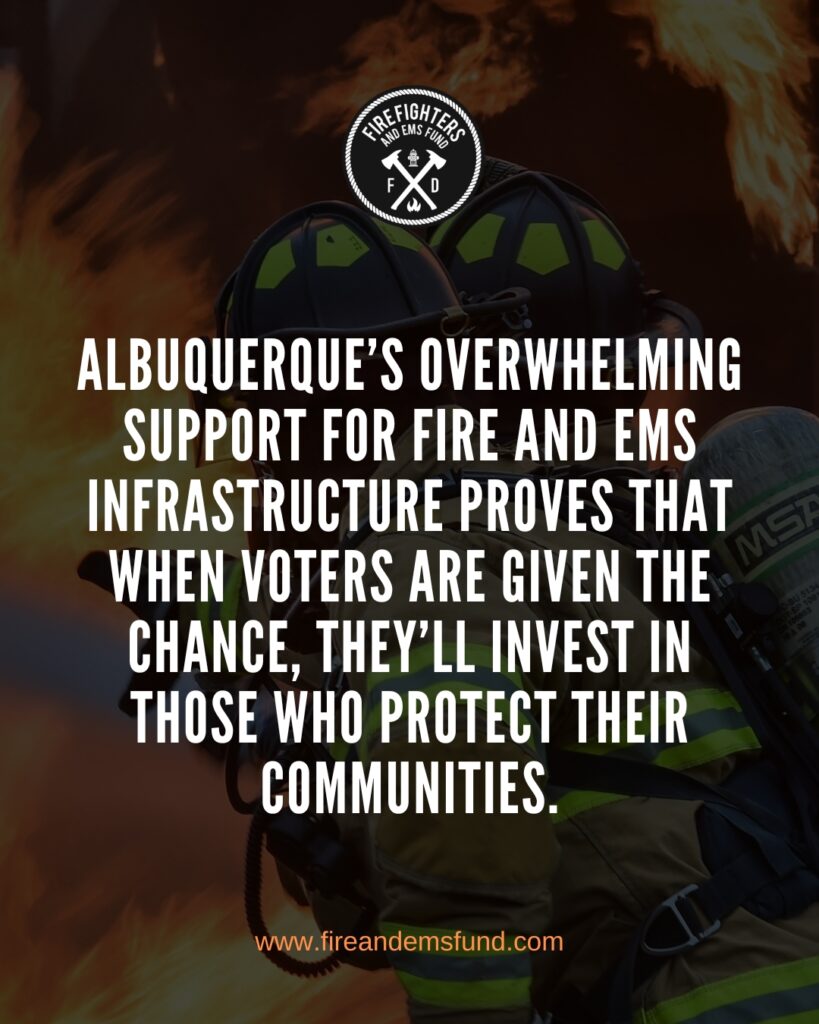
The Voter Mandate
In these polarized times, a 73.7% approval rate is a statistical rarity. That’s what makes it powerful: it shows a united community speaking directly to its leaders. It reflects a mandate for public safety reform.
This strong public support also shows that the public cares about infrastructure investments in fire, EMS, and emergency response systems. When given the opportunity to choose where money should be spent, Albuquerque residents overwhelmingly choose to prioritize these critical services. This position transcends traditional political divisions and speaks to a fundamental recognition of the importance of these services in daily life.
Why It Matters: A Broader Trend in Fire & EMS Support
Albuquerque’s bond victory is part of a larger national momentum to prioritize first responders through dedicated funding measures. Across the country, communities are recognizing that well-funded, well-equipped emergency services are essential to public safety and quality of life.
In Texas, the devastating 2024 Smokehouse Creek Fire, which scorched more than one million acres, prompted comprehensive legislative action. To prevent such incidents in the future, State Senator Kevin Spark and Representative Ken King pushed for Senate Bill 34, which overhauled Texas’ wildfire preparedness and response protocols. The bill covers a wide array of aspects, from comprehensive fuel load examinations to the creation of a statewide database of firefighting equipment, and reserved funds for high-risk areas.
Just a few weeks ago, the same spirit spurred Galveston residents to approve of a tax hike, which will fund a complete refurbishment of one of the city’s main fire stations. The project will include a new loading bay, new equipment, and improved dormitories for the firefighters on duty. The project will cost approximately $10 million.
Meanwhile, Pennsylvania’s Act 54 aims to expand municipal authority to levy taxes dedicated specifically to fire and EMS services. The legislation would ease funding restrictions for over 1,400 municipalities, with some boroughs seeing their fundraising capacity double. This is particularly critical in a state where most fire departments are staffed by volunteers, who often struggle with inadequate funding for equipment, training, and infrastructure.
These legislative initiatives reflect a nationwide understanding that emergency services require sustained, dedicated investment. From wildfire-prone regions to volunteer-dependent rural areas, communities are taking action to ensure their first responders have the resources needed to protect lives and property.
Firefighters & EMS Fund Applauds the Result
The Firefighters & EMS Fund strongly supports community-led funding measures that improve the safety and well-being of first responders. Albuquerque’s bond victory represents exactly the kind of proactive investment that strengthens emergency services while demonstrating public appreciation for the difficult and dangerous work performed by firefighters and EMS personnel.
We commend Albuquerque voters for recognizing the urgency of facility upgrades and for understanding that investing in fire and EMS infrastructure is an investment in community resilience. Albuquerque voters have fulfilled their part of this partnership, and the result will be a stronger, safer city for years to come.
Sam Smith, from the Firefighter and EMS fund, agrees: “This is the type of action that shows what happens when citizens stand up for their local heroes.”
What’s Next for Albuquerque
With the bond approved, attention now turns to implementation. The funds will be distributed through the City of Albuquerque’s Capital Implementation Program, which manages and administers general obligation bonds. This process typically involves careful planning and phasing to ensure projects meet community needs while maintaining fiscal responsibility.
As construction and renovation projects move forward, it will be important to how these upgrades translate into improved service on the ground. Success will be measured not just in completed projects but in enhanced response times, better coordination during emergencies, and improved working conditions for first responders.
Other municipalities facing similar infrastructure challenges should look to Albuquerque as a model for proactive public safety investment. The city’s approach, which brings funding questions directly to voters, shows that communities are willing to invest in emergency services when given the opportunity.

